The city leveler
Among the most extreme weapons ever devised by the 3rd Reich certainly lays the Sturmmörserwagen 606/4 mit 38 cm RW 61, better known as the Sturmtiger. It was conceived right after Stalingrad, when the need to clear off fortified buildings, pillboxes and blockhouses, sometimes all at once, was deemed useful. The sheer explosive power needed imposed special ammunition, a special gun and, therefore, a special carrier, which was itself armored enough to operate safely in an urban environment and be able to get close to the target.
Development
The Sturmtiger (literally “assault Tiger”) did not come out of the blue. It was preceded by the Panzer III based Sturm-Infanteriegeschütz 33B, armed with the 15 cm sIG 33/1 (24 built), and the better known Sturmpanzer IV Brummbär, armed with the 15 cm StuH 43 L/12 (300+ built). But at a time when infantry weapons became a bigger threat, a more heavily protected vehicle was needed. At the same time, engineers from Alkett (whom naturally were given this task) sought for a way to procure a “bigger bang” and started working on an adaptation of a 210 mm (8.27 in) howitzer. However, the process took time and the weapon was barely available, so, in turn, they choose a radical expedient, the depth-charge thrower of the Kriegsmarine, capable of launching (at a quite limited range, though) a 380 mm (15 in) caliber shell. To compensate, rocket-type ammunition was designed, and the device, initially devised to hunt submarines in the deep, became a rocket launcher designed to level entire building blocks.
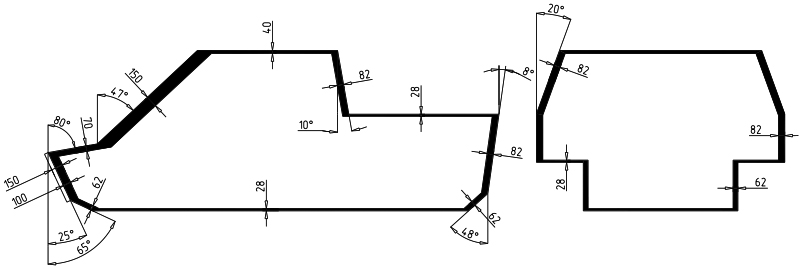
Armor scheme of the Sturmtiger.
Design
Chassis
To support the level of armor and weight of the gun and ammunition, a sturdier chassis than the Panzer IV was chosen, even sturdier than the Panther, that of the Tiger. Plans were ready in mid-1943 on Krupp’s side (hull), passed to Henchel for the chassis assembly, and then Alkett for the fitting of the casemate, gun and equipment. The prototype was presented to Hitler in October 1943, approved, and the first was scheduled to be delivered in December, but actually arrived in February 1944. However, the production was delayed by Hitler and, eventually, 12 surplus hulls were chosen for conversion on 19 April 1944. The first three of this new batch were completed by Alkett in August 1944, and seven other between the 15 and 21 September 1944, plus five others in December.
The chassis was mostly unchanged, with a sturdy drivetrain resting on interleaved metal roadwheels, torsion bars and large tracks for a better grip, plus the Maybach HL230P45 V-12 water-cooled engine, which developed 700 PS (690 hp, 515 kW). The only problem was that the Sturmtiger, complete with its reinforced casemate, weighed 68 tonnes (75 short tons; 67 long tons), versus 54 on the original Tiger, reducing the power-to-weight ratio to 10.77 hp/tonne. Top speed was reduced to 40 km/h (25 mph) and the range to 120 km (75 mi).
Casemate
This was by far the heaviest part of the tank, made of five plates (counting the roof), with the side ones being 82 mm (3.23 in) walls, slightly overlapping. The front plate was 150 mm (5.9 in) thick, inclined to 47°. This was equivalent to 200 mm (7.87 in) of unangled RHA, and could withstand 122 mm (4.8 in) and 152 mm (6 in) shells. The original hull front was 150 mm thick (100 mm/3.94 in plus a 50 mm/1.97 in additional plate). The superstructure rear was 82 mm (3.23 in), the roof was 48 mm (1.9 in) and the engine deck 28 mm (1.1 in), like the bottom.
Armament
The most compelling feature of the Sturmtiger was its 380 mm Raketen-Werfer 61 L/5.4 breech-loading rocket launcher. Each of the projectiles were 1.5 m (4 ft 11 in) long and weighed 376 kg (829 lb) – battleship size. Therefore, manual handling was impossible and a special loading apparatus had to be created, which alone created a lot of work for the gunner and loader. The resupply process was an even more difficult exercise, which was helped by an external crane mounted over the casemate roof hatch. Only 14 rounds could be carried, including the one already loaded in the chamber, ready to fire, and another laying on the loading tray. So, although roomy in appearance, the casemate internal space was taken by these massive rounds, stored in their wall cradles.
Each of these rounds had a 125 kg (276 lb) HE or a shaped charge, designed to puncture up to 2.5 m (8 ft 2 in) of reinforced concrete. Range varied between 5,650 m (6,180 yd) and 6,000 m. The initial slow speed was given by the mortar, at 45 m/s (150 ft/s), accelerated to 250 m/s (820 ft/s) by the rocket charge. Nevertheless, the blast needed to be cleared and a ring of ventilation shafts was welded around the barrel. Close defence was not forgotten, and a 100 mm (3.94 in) mine launcher was located at the rear of the loader’s hatch, plus a ball-mounted 7.92 mm (0.31 in) MG 34 machine gun in the front plate. Small arms could be fired through the side walls pistol ports.
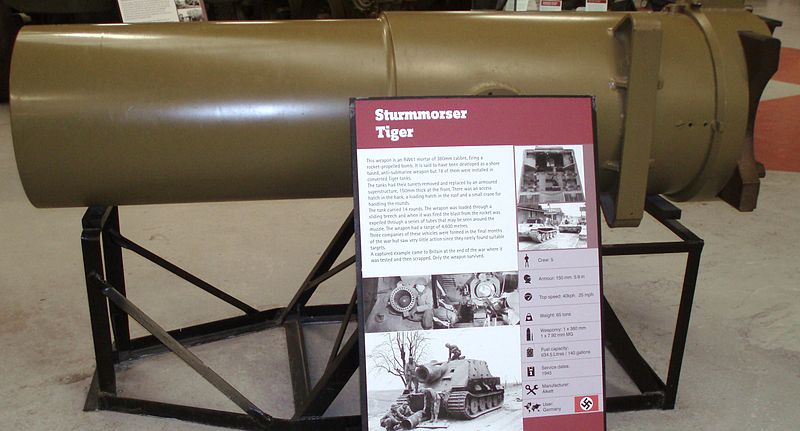
Barrel of the 38cm launcher – Credits: Dave Highbury.
The Sturmtiger in action
Only 19 vehicles were produced between October 1943 – January 1945. This behemoth was deployed in small numbers in three units created for it, the Panzer Sturmmörser Kompanien (PzStuMrKp) (“Armored Assault Mortar Company”) 1000, 1001 and 1002 (14 vehicles in total, later reduced to 4 – two platoons). The PzStuMrKp 1000 was baptized in the Warsaw Uprising, with two vehicles and apparently the prototype. This was the first and last time they were employed for their intended role. The PzStuMrKp 1001 and 1002 served in the Ardennes Offensive. After that, Germany was on the defensive, two units (7 vehicles total) were deployed at the battle for the bridge at Remagen, attached to the 6th SS-Panzer Armee, where they pounded the Allied advance on the bridge itself, with poor results. These two units were later mostly used for punctual bombardments of Allied forces, before being captured in turn. They played a crucial role, slowing and pinning down the Allied advance, helping the German retreat, noteworthy at the Battle of the Reichswald in February-March 1945.
Links and resources about the Sturmtiger
The Sturmtiger on Wikipedia
The Sturmtiger on Achtung Panzer
Declassified US Ordnance report
Sturmtiger specifications |
|
| Dimensions (L-W-H) | 6.28 x 3.57 x 2.85 m (20.7 x 11.9 x 9.4 ft.in) |
| Total weight, battle ready | 69 tonnes (13,800 lbs) |
| Armament | 380 mm (15 in) RW 61 rocket launcher L/5.4 (14 rounds) 100 mm (3.94 in) grenade launcher 7.92 mm (0.31 in) MG 34 |
| Armor | 28 to 150 mm (1.1-5.9 in) |
| Crew | 4 (driver, commander, gunner, loader) |
| Propulsion | Maybach HL230P45 V-12 watercooled gasoline, 700 bhp (515 kW) |
| Speed | 40 km/h (25 mph) |
| Suspension | Torsion bar |
| Range | 120 km (75 mi) |
| Total production | 19 (including the prototype) |
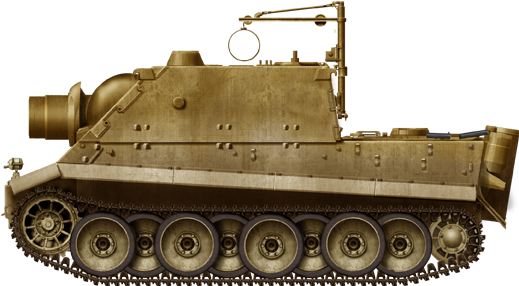
Outskirts of Warsaw (Warsaw uprising), August 1944.
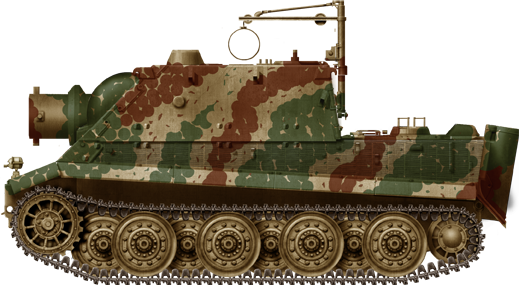
Typical “ambush” camouflage, Reichswald, Germany, February-March 1945.
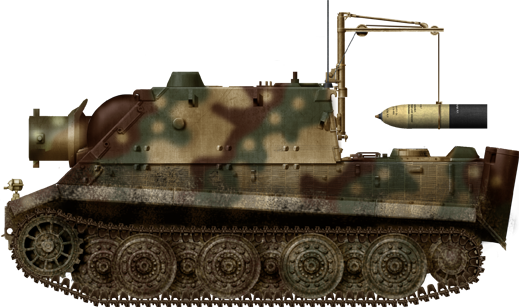
Sturmtiger receiving ammo. This was a tough job, in which the whole crew was fully involved, due to sheer weight of the ammo.
Video
Gallery
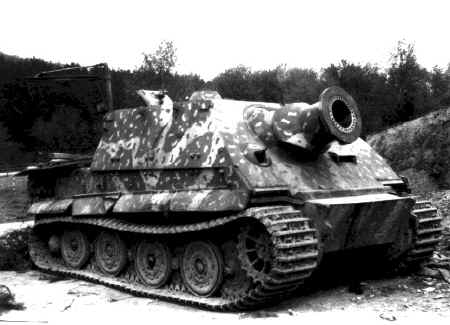
Captured Sturmtiger, February 1945.
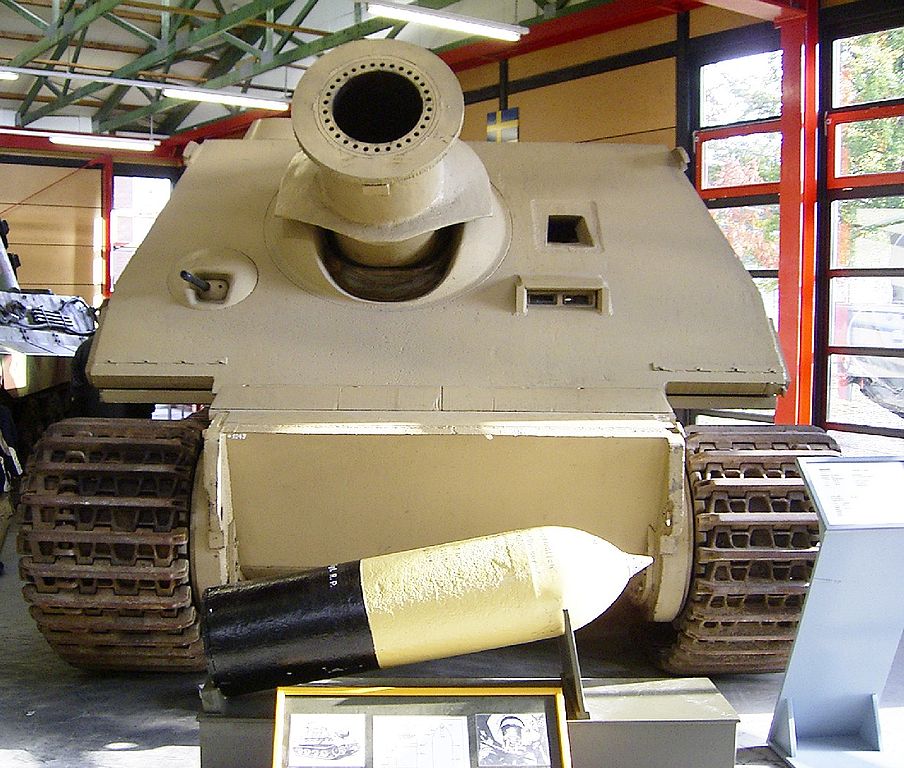
Sturmtiger front, Deutsches Panzermuseum.
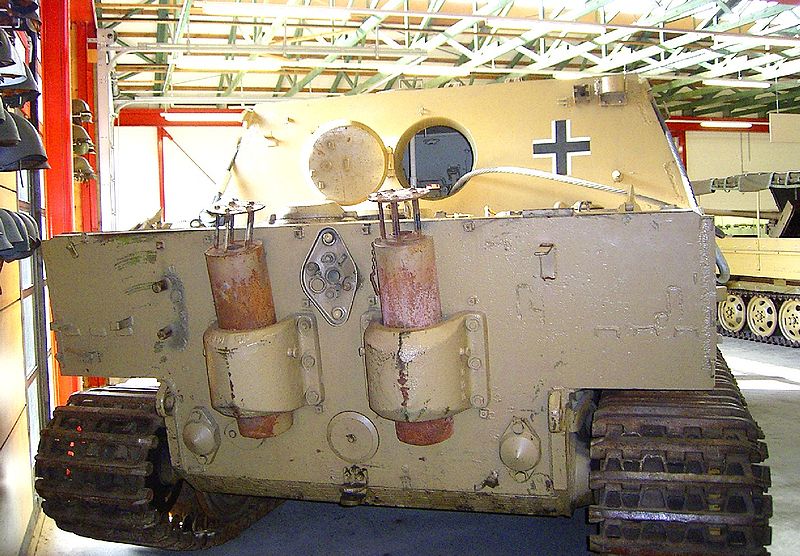
Rear of the Sturmtiger.
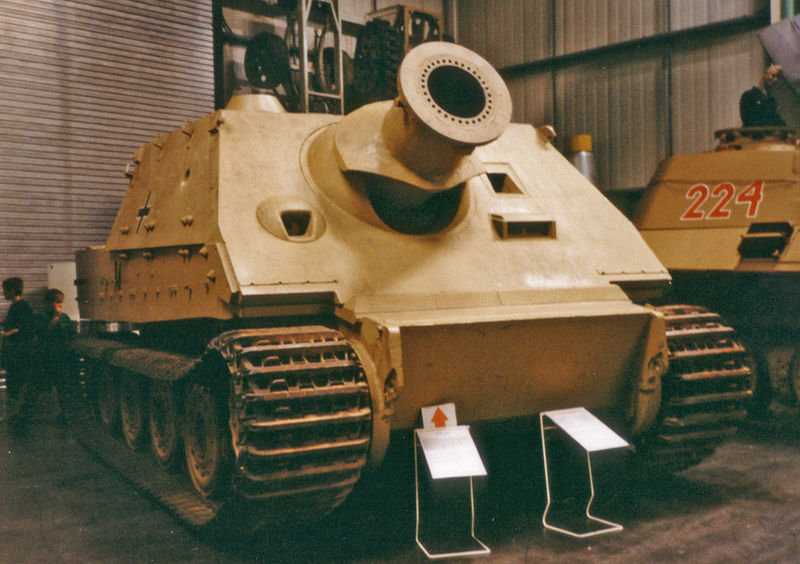
Sturmtiger at the Sinsheim Museum.
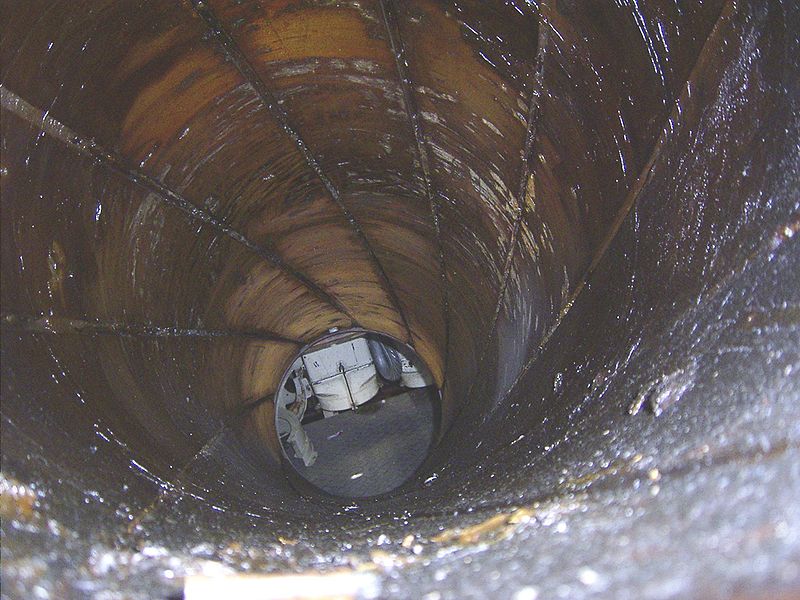
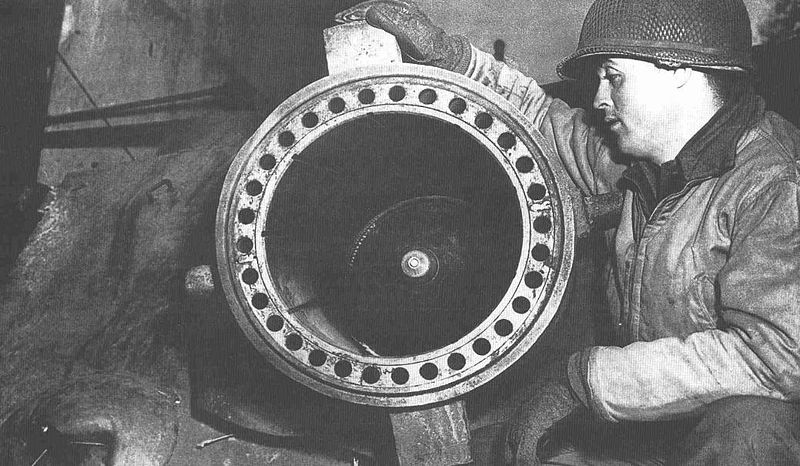
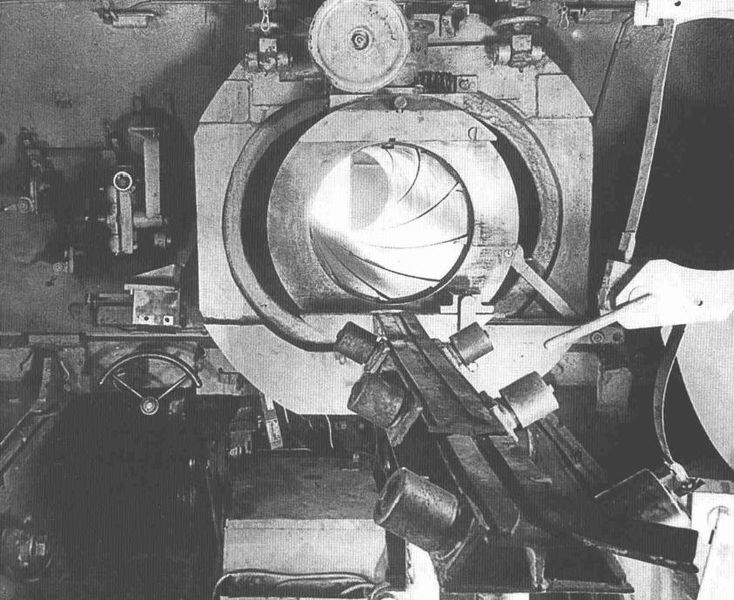
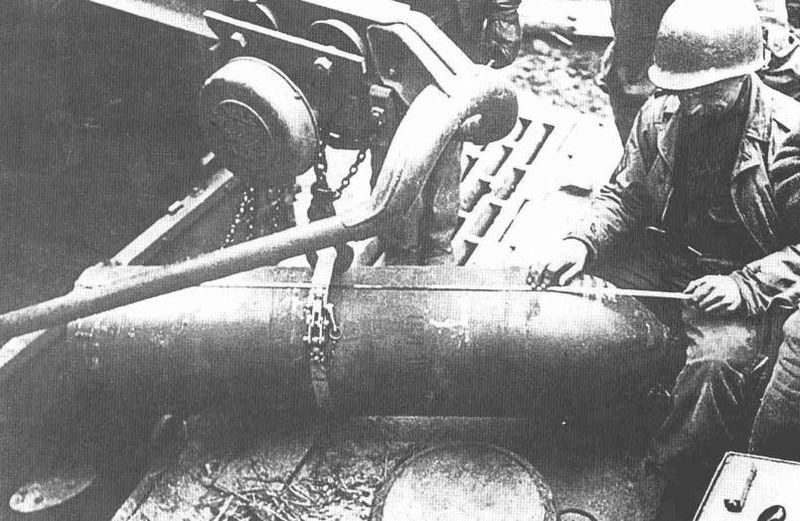
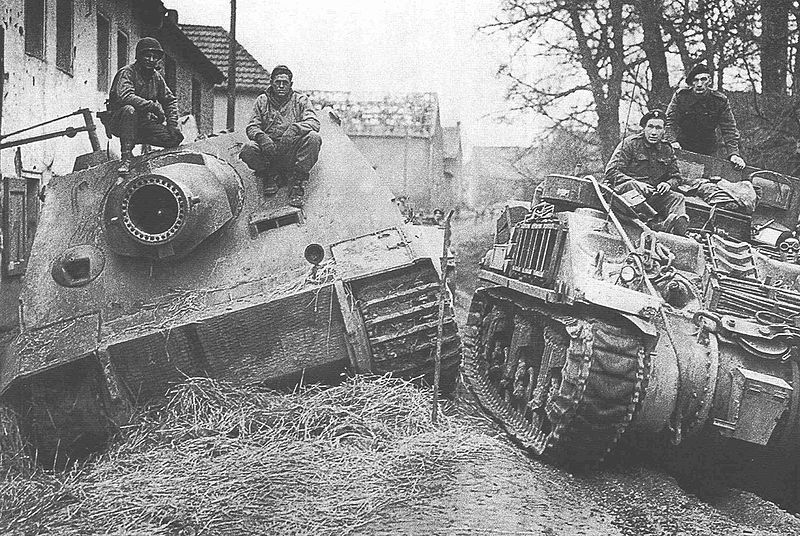
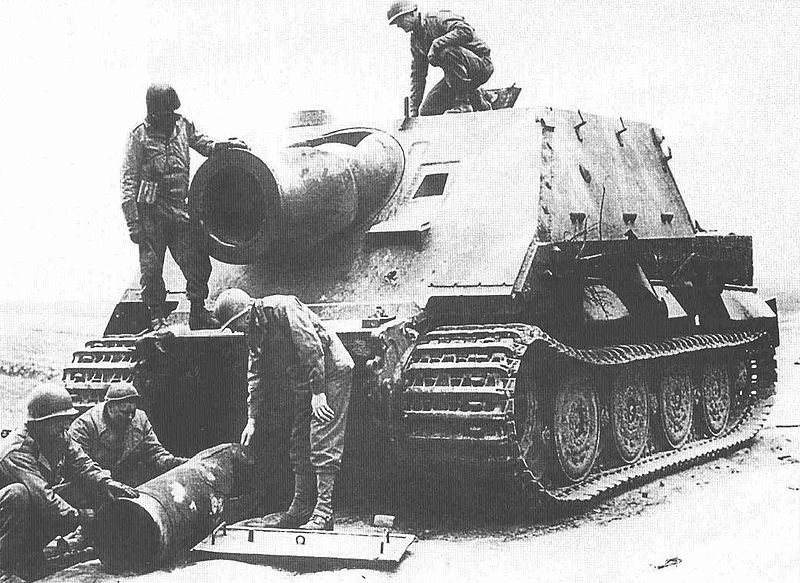
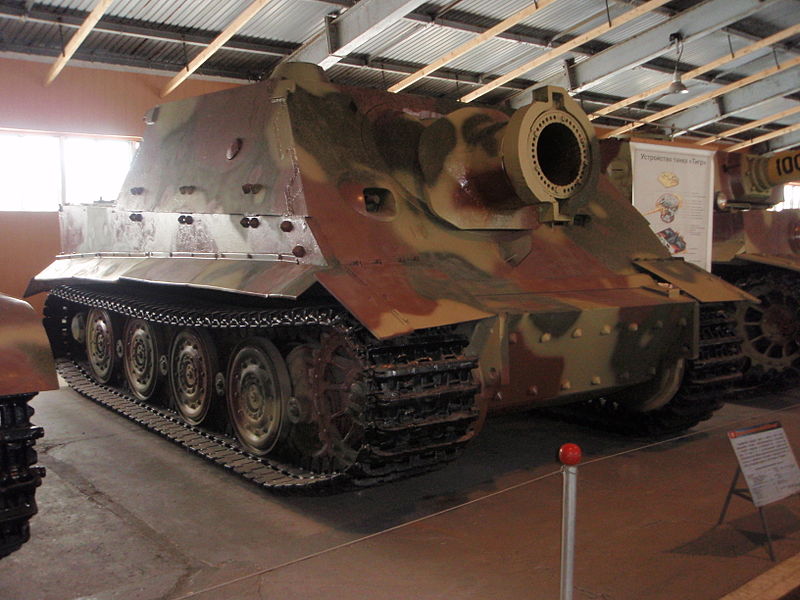

WW2 Tanks




























WW2 tanks posters

All Tiger tanks liveries.

Panther liveries and variants

WW2 Armour - All tanks











Tanks aces and single tanks series

Find more there

Museums, Movies, Books & Games
The Tanks and Armor in pop culture
Tanks and armored vehicles in general are only really grasped when seen first person: The mass, the scale, it's all there. Explore also the way tanks were covered in the movie industry, in books and in video games.Movies:
Best tanks movie on warhistoryonline.com
On imdb.com
On bestsimilar.com/
miltours.com
liveabout.com/
watchmojo.com
Video Games:
pcgamesn.com
historyhit.com
levvvel.com
vg247.com/best-tank-games
mmobomb.com/
alienwarearena.com


